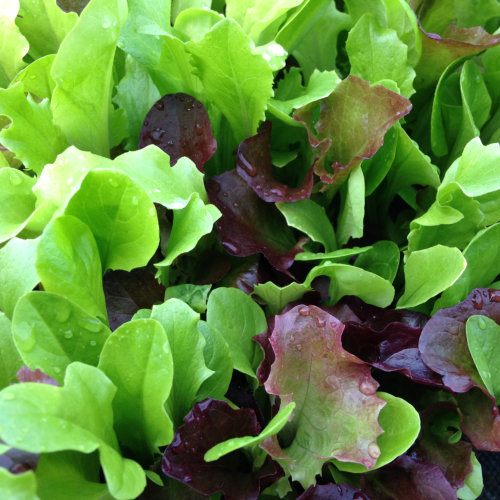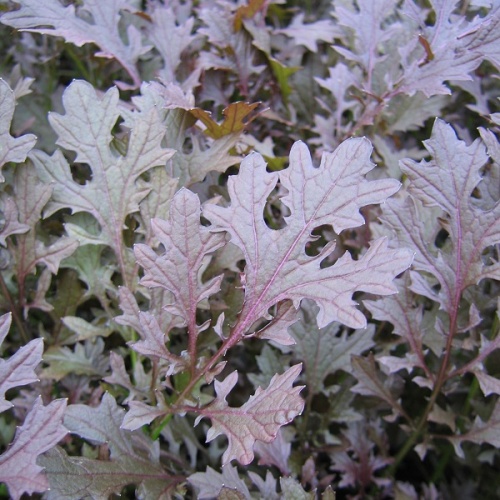Customer Reviews
Write a Review and share your opinions!
Customers who bought this item also bought:
Salad Leaves Mesclun Mixed£1.29
£0.89
Mix of Lettuce varieties suitable for use as a cut and come.....
Average Contents : 1.5g, approx 1000 seeds
Mustard Red Lace
£0.99
Red Lace is a very prolific cropper, mix with other salad leaves.....
Average Contents : 500 seeds


